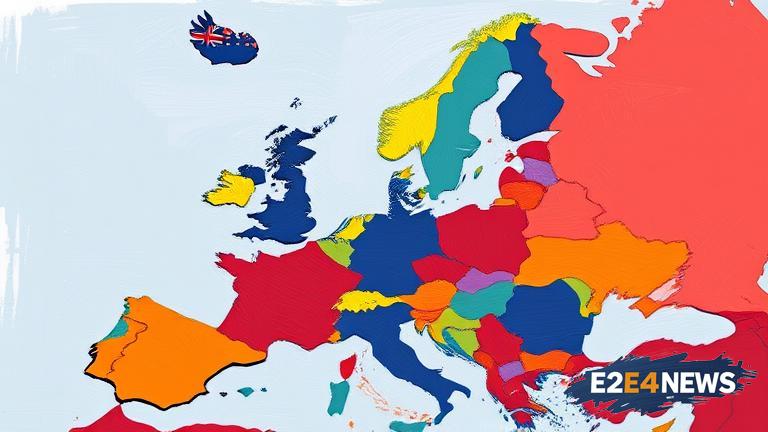The European Union has been at the forefront of regulating online content, particularly when it comes to protecting minors from harmful material. In recent years, several European countries have introduced online age checks to ensure that young people are not accessing age-restricted content. These checks are being implemented in various ways, including through the use of artificial intelligence, machine learning algorithms, and manual verification processes. In the UK, for example, the government has introduced the Age Verification Certificate, which requires online platforms to verify the age of users before allowing them to access age-restricted content. Similarly, in Germany, the government has introduced the ‘Youth Protection Act’, which requires online platforms to implement age verification measures to protect minors from harmful content. Other European countries, such as France and Italy, are also implementing online age checks, although the methods and levels of success vary. The use of online age checks has been met with both praise and criticism, with some arguing that it is an effective way to protect minors, while others argue that it is an invasion of privacy. Despite the challenges, many European countries are committed to implementing online age checks, and the EU has set out guidelines for the implementation of these checks. The guidelines emphasize the importance of ensuring that online age checks are proportionate, effective, and respectful of users’ rights. The EU has also established a number of principles for the implementation of online age checks, including the use of transparent and auditable processes, and the provision of clear information to users about the age verification process. In addition to the EU’s guidelines, many European countries are also developing their own regulations and guidelines for online age checks. For example, the UK’s Information Commissioner’s Office has published guidance on the use of age verification, and the French data protection authority has issued guidelines on the use of age verification in online services. The implementation of online age checks is not without its challenges, however. One of the main challenges is ensuring that the checks are effective and accurate, while also respecting users’ rights to privacy and anonymity. Another challenge is ensuring that the checks are proportionate to the risk posed by the content, and that they do not unfairly restrict access to legitimate online services. Despite these challenges, many European countries are committed to implementing online age checks, and the EU has set out a clear framework for the implementation of these checks. The use of online age checks is likely to become increasingly widespread in the coming years, as European countries continue to grapple with the challenges of regulating online content. As the use of online age checks becomes more widespread, it is likely that we will see a range of different approaches and methods being used, each with their own strengths and weaknesses. Ultimately, the key to successful online age checks will be finding a balance between protecting minors from harmful content, and respecting users’ rights to privacy and anonymity. The EU’s guidelines and principles for online age checks provide a useful framework for achieving this balance, and it is likely that many European countries will draw on these guidelines as they develop their own regulations and guidelines. In conclusion, the implementation of online age checks is a complex and challenging issue, but one that is essential for protecting minors from harmful online content. As European countries continue to develop and implement online age checks, it is likely that we will see a range of different approaches and methods being used, each with their own strengths and weaknesses. By finding a balance between protecting minors and respecting users’ rights, European countries can ensure that online age checks are effective, proportionate, and respectful of users’ rights.





